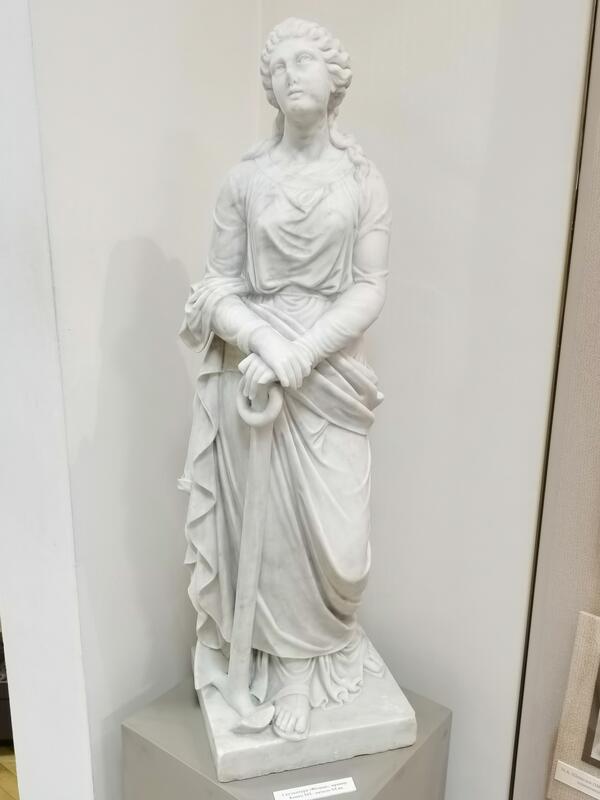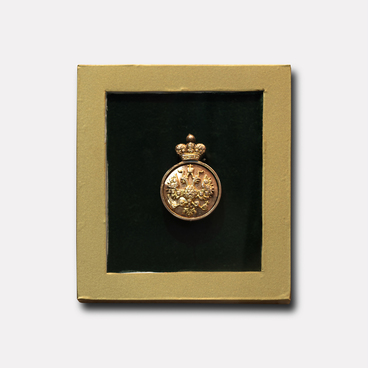The Sochi Museum presents a small but very elegant sculpture made of white marble — a statue of Thetis.
It shows a beautiful young girl in a translucent Greek tunic, leaning on an anchor. According to ancient Greek myths, she was one of the Nereids — the daughters of Nereus, the water god. Many gods of Olympus, even the great Zeus and Poseidon, sought her hand. However, the oracle’s prophecy changed the beautiful maiden’s life: the prediction said that her son Achilles would be more powerful than his father. This frightened many gods of Olympus, and they decided to marry her off to a mortal man named Peleus. At first, young Thetis resisted this decision and tried to avoid a humiliating marriage in every way possible by shapeshifting into a lioness, flame, and water. Her fiancé Peleus sought the advice of the centaur Chiron and followed it by throwing chains over her. As soon as Thetis sensed the shackles on her body, she was subdued and obediently agreed to marry Peleus, giving up the ability to shapeshift.
The sculpture of Thetis would fit perfectly in one of the Sochi dachas built near the Black Sea in the 19th — early 20th centuries: ancient legends have it that it was Thetis, sent by Hera, who helped the Argonauts to navigate past Scylla and Charybdis during their quest for the Golden Fleece.
The sculpture was placed in the hall that tells the story of the Sochi resort. This was a meaningful decision: many dachas of Sochi Posad, established by eminent and wealthy people of the Russian Empire on the Black Sea coast in the late 19th — early 20th centuries, were lined with expensive household items and works of art. Since the transport infrastructure was just beginning to develop at the end of the 19th century, various items and even building materials were often delivered by sea. However, it was quite difficult to bring and place a full-size marble sculpture in a garden, while decorating the interior with a miniature less than one meter high was quite feasible. The sculpture from the museum’s collection might have once embellished one of the Sochi dachas, unfortunately, it is unknown which one exactly.



